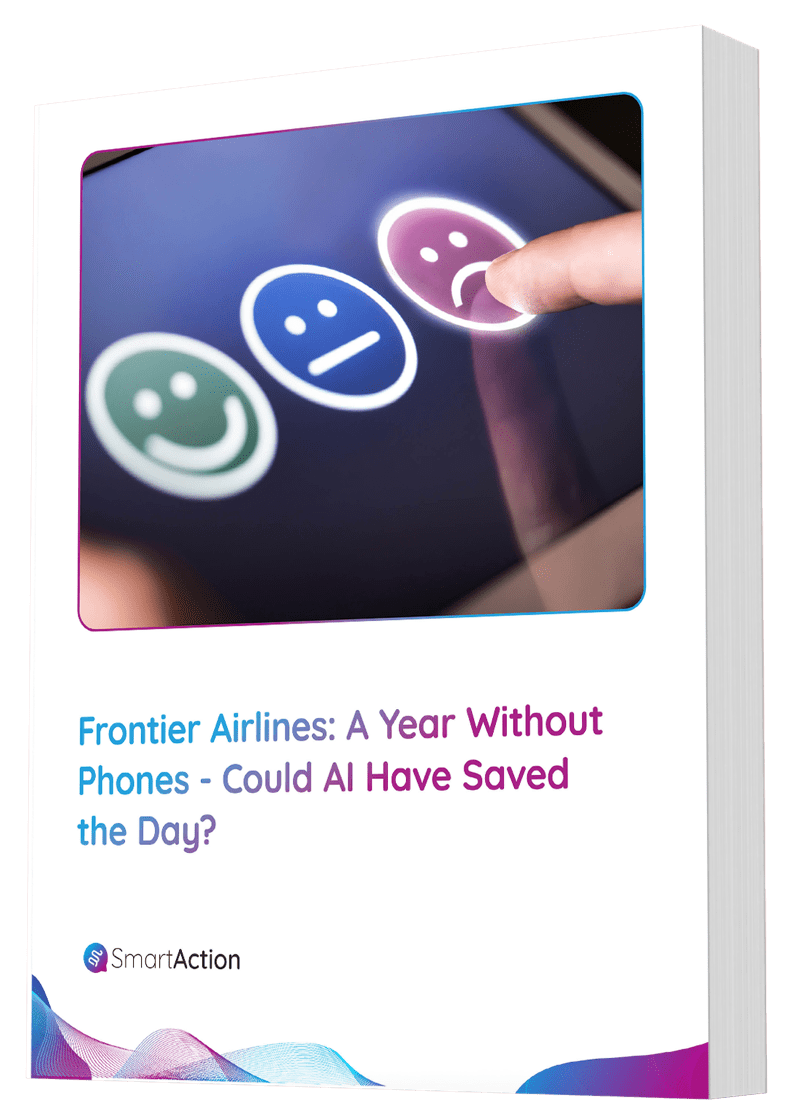Using Old School Toll Free Numbers for New School Experiences
For many years, toll free numbers (i.e. 800 numbers) have afforded companies an attractive way to provide customer service over the phone. What made them so useful initially – customers being able to call your company for free – has continued to evolve. Call routing, business intelligence reporting, and integration with other call center software were important features that moved into and out of the spotlight of importance as technology evolved. The next evolution of toll free number strategy is upon us, and it may surprise you: getting more of them. Of course, simply obtaining more will not benefit your company; but having more and putting them to better use will be a key component to a strong omni-channel presence.
As discussed in our webinar last week, multi-channel is necessary but omni-channel is the goal. Seamless transition between channels is far more valuable to the customer experience than simply offering a multitude of disconnected services. One of the simplest and most popular ways that companies attempt to provide that seamless experience is by allocating a different toll free number to each business unit. Banks provide a great example of this, utilizing a different toll free number for credit cards, personal accounts, loans, etc. Some go as far as to separate the type of loan or the type of personal bank account. But even with this assortment of numbers, customers often have to enter information into a website, then repeat all of that info to an IVR or customer service rep (CSR) in order to be identified and assisted. This repetition increases effort and frustration for your customers. It is enormously frustrating when customer service seemingly has no knowledge of a customer’s extremely recent dealings with their company, even if those dealings were in a separate channel – it’s all the same to a customer.
For a truly seamless experience, you can integrate your website with your IVR so that as soon as the specific toll free number is called, the IVR can pick up where the customer left off online. By doing this, you are simplifying and streamlining the customer experience. For example, if a customer calls the number that coincides with the Order Confirmation page perhaps because a promo code is not working, the contact center fielding the call (whether it is IVR or CSR) knows exactly where this customer got stuck by the number that was dialed. In fact, including a unique serial number on the web page and prompting the caller to enter it for verification allows the contact center to pull all the info from that customer’s current online interaction, giving a higher chance of quick and accurate resolution of the problem. This type of service makes customers think, “That was easy,” even though it required multiple channels to perform their task. It also shows customers that you have your ducks in a row.
This strategy is not just a value-add for the customer; it also has significant tracking, reporting, and data collection benefits for you. By utilizing toll free numbers in this way, you are able to track more specifically when customers are getting hung up without having to ask too many questions on the call. As certain toll free numbers become more “popular” (i.e. more customers are calling in), you can evaluate the reasons using a smaller, more targeted sample of calls. You are saving valuable time in data aggregation, time which can now be spent correcting points of failure or enhancing areas of weakness in your other channels (i.e. the channel that led the customer to the phone).
You probably realize that there is a seemingly endless amount of toll free numbers you would need if you wanted one to coincide with every page of the company website. In a way, that’s true. But we aren’t suggesting buying 1000 toll free numbers; that might be crazy. It can be an incremental increase – add 5-8 targeted lines. More than likely, you have an idea about where they would be most useful. And if not, consider the old 80/20 business rule – 80% of your calls are likely coming from 20% of the pages on your website, so place the numbers accordingly. You can also review the Solutions on our website for ideas. Adding new toll free numbers isn’t expensive or difficult, either. All it takes is a simple discussion with your toll free number provider. With over 46 million combinations currently, it is unlikely the FCC will run out of numbers before they put more into circulation.
In some ways, this methodology sounds Big Brother-esque – tracking every move a customer makes and calling it out to him or her as soon as the call occurs. But it is really no different than Google Adwords or digital marketing strategies that are currently so popular. We, as consumers, have become accustomed to this sort of personalization, and because of this conditioning, an experience over the phone that picks up precisely where the customer left off online will probably raise eyebrows with delight. Ads that follow consumers are a nuisance, whereas your tracking will be a welcomed experience, mitigating effort and implying care and personalization.
This toll free number approach is just one of many simple but useful methods that contribute to a larger omni-channel strategy. If you’re looking for more omni-channel information, watch our webinar on How to Get to the Omni-Channel Future with the Tech You Already Have.
About the Author: Charlie Schrier, Associate Marketing Manager
Charlie is a double grad from Loyola Marymount University (BA, MBA) with degrees in Communications and Entrepreneurship. When he’s not putting out engaging content for SmartAction, he watches, coaches, and plays a lot of basketball.






